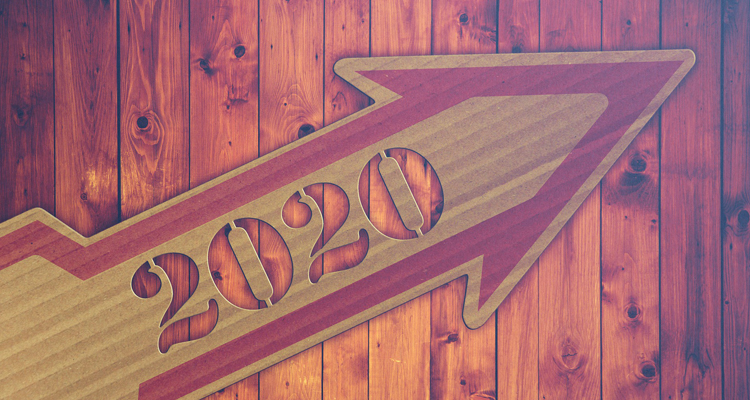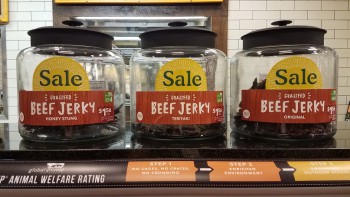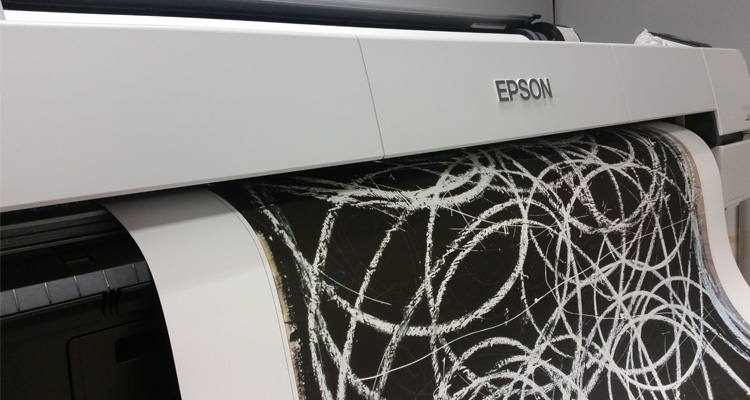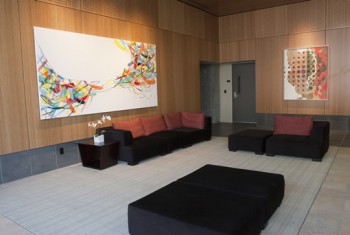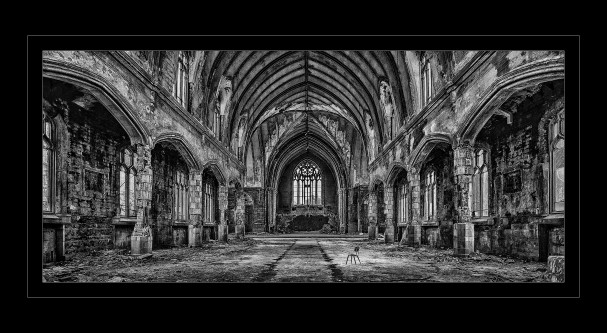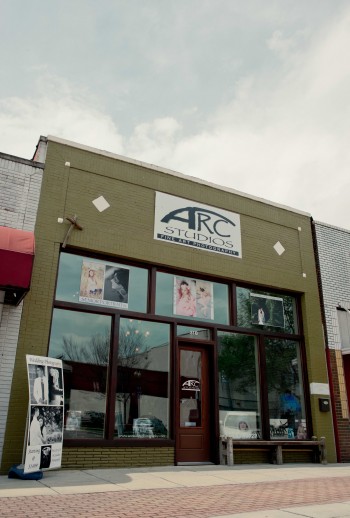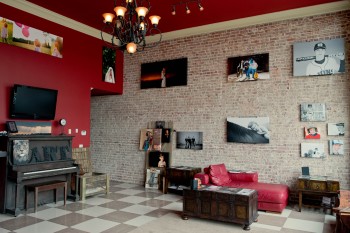If you’ve been in wide format printing for a while, or even if you’re new here, you’ve probably noticed that things move pretty quickly in this space, from customer expectations to equipment upgrades to new material launches. These changes, upgrades and improvements are never-ending, so here’s a quick list of what we see as the hot topics to watch as 2020 gets started:
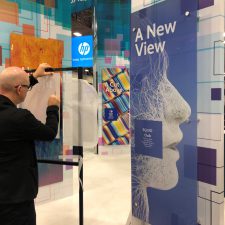 Strategic Convergence. You heard a lot about convergence at Printing United, specifically. There was a wave of chatter about diversifying and jumping into different segments to stay relevant, serving at least two segments, like sign & graphic, apparel or packaging. Sales and profitability were both up the most in 2018 for sign & graphic producers, according to NAPCO Research and SGIA. But when diversifying, businesses may have growing pains from adding staff or lacking focus. Working with a good partner who supplies material as well as education and business consultation is key to helping you make the best decisions of material inventory, equipment upgrades and workflow efficiencies. Get a handle on these issues, and your team can converge strategically.
Strategic Convergence. You heard a lot about convergence at Printing United, specifically. There was a wave of chatter about diversifying and jumping into different segments to stay relevant, serving at least two segments, like sign & graphic, apparel or packaging. Sales and profitability were both up the most in 2018 for sign & graphic producers, according to NAPCO Research and SGIA. But when diversifying, businesses may have growing pains from adding staff or lacking focus. Working with a good partner who supplies material as well as education and business consultation is key to helping you make the best decisions of material inventory, equipment upgrades and workflow efficiencies. Get a handle on these issues, and your team can converge strategically.
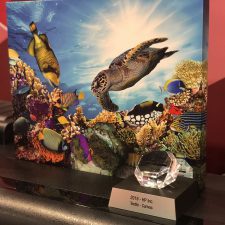 Environmental Responsibility. If there’s one topic on everyone’s tongues, it’s sustainability. At Printing United, some customers who visited our booth were only interested in eco-friendly material options. There’s a generational divide to keep in mind: While Baby Boomer customers tend to embrace their brand loyalty, Millennials and younger are willing to pay more for products made with sustainability in mind. This is true in the consumer world, and growing increasingly true in the business decisions they make. Our industry is working hard to find ways to make materials from recycled or reclaimed items, like plastic water bottles, and, in turn, ways for those products to be recycled or reused to create a circular economy that the print world hasn’t seen previously. Stay tuned for product releases that are better for the earth so you can plan to market them to the customers who are the most receptive to them.
Environmental Responsibility. If there’s one topic on everyone’s tongues, it’s sustainability. At Printing United, some customers who visited our booth were only interested in eco-friendly material options. There’s a generational divide to keep in mind: While Baby Boomer customers tend to embrace their brand loyalty, Millennials and younger are willing to pay more for products made with sustainability in mind. This is true in the consumer world, and growing increasingly true in the business decisions they make. Our industry is working hard to find ways to make materials from recycled or reclaimed items, like plastic water bottles, and, in turn, ways for those products to be recycled or reused to create a circular economy that the print world hasn’t seen previously. Stay tuned for product releases that are better for the earth so you can plan to market them to the customers who are the most receptive to them.
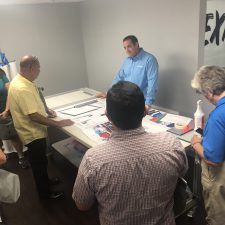 Increased Competition. This isn’t competition from the sign shop down the street. It’s competition from your own customers, who now have access to lower-priced, entry-level printing equipment that’s allowing them to do their own in-house printing — like retail outlets, schools and more. Combat this by excelling in areas they can’t, such as more complex decor applications that require more intense set up and installation; investment in new technology, like dye-sublimation, which can advance you into textile printing; or offer customization in printing with software that allows your team to use variable data to create unique prints (like these serialized decals). Wow your customers with your experience, craftsmanship and innovation, and they won’t want to do it without you.
Increased Competition. This isn’t competition from the sign shop down the street. It’s competition from your own customers, who now have access to lower-priced, entry-level printing equipment that’s allowing them to do their own in-house printing — like retail outlets, schools and more. Combat this by excelling in areas they can’t, such as more complex decor applications that require more intense set up and installation; investment in new technology, like dye-sublimation, which can advance you into textile printing; or offer customization in printing with software that allows your team to use variable data to create unique prints (like these serialized decals). Wow your customers with your experience, craftsmanship and innovation, and they won’t want to do it without you.

